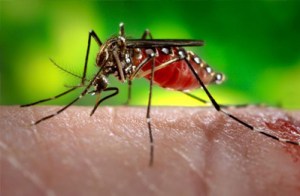Taking Skin Tear Prevention and Management Seriously
In the Past, Approaches to Skin Tears Were Inadequate
Many years ago, when I worked in a skilled nursing facility, it seemed my patients were always experiencing skin tears. We didn’t have wound care specialists then. My approach to these injuries, which I didn’t see as serious, was to cleanse them with saline and awkwardly attempt to reposition the detached flap. In retrospect, the nursing care I provided didn’t amount to much more than “a lick and a promise.”
Greater Awareness of Risks, Dangers of Skin Tears
 Today, we know that skin tears can evolve into serious, complex wounds. Available data indicate that in long-term care settings, these injuries affect up to 22% of residents. Wound care specialists have developed a classification system for skin tears—as for pressure injuries, specific recommendations from wound care specialists guide our nursing care.
Today, we know that skin tears can evolve into serious, complex wounds. Available data indicate that in long-term care settings, these injuries affect up to 22% of residents. Wound care specialists have developed a classification system for skin tears—as for pressure injuries, specific recommendations from wound care specialists guide our nursing care.
In this month’s AJN, author Sharon Baranoski and colleagues from the International Skin Tear Advisory Panel detail the assessment and management of skin tears in “Preventing, Assessing, and Managing Skin Tears: A Clinical Review.” While the authors emphasize the need to involve wound care nurses in the management of these injuries, many readers may find the product selection guide in this article to be especially useful.




